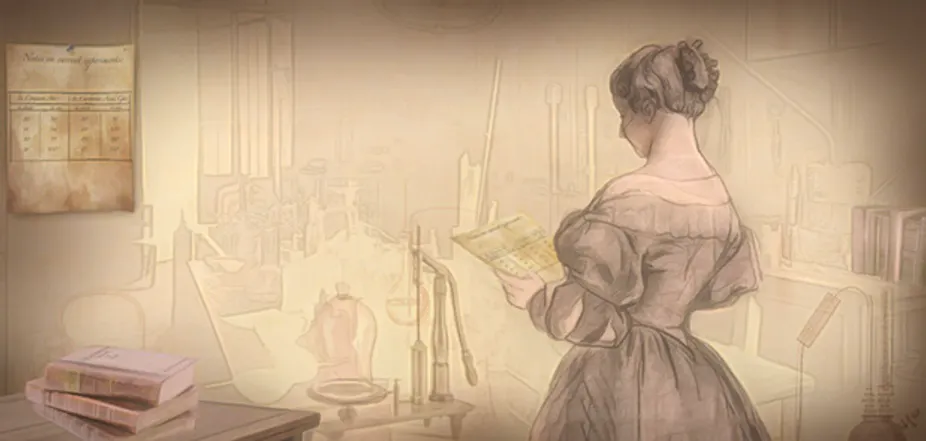I will make every effort to stop burning stuff. Fact: In 1856, Eunice Newton Foote became the first person to discover that altering the proportion of carbon dioxide (then called “carbonic acid gas”) in the atmosphere would change its temperature. Source: First Paper to Link CO2 and Global Warming

1856
Eunice Foote’s brief scientific paper was the first to describe the extraordinary power of carbon dioxide gas to absorb heat – the driving force of global warming.
Our CO2 emissions are the result of burning stuff, mainly fossil fuels (coal, oil, gas..) and wood fuels (firewood, charcoal, pellets..)
1861
A few years later, the well-known Irish scientist John Tyndall also measured the heat absorption of carbon dioxide and was so surprised that something “so transparent to light” could so strongly absorb heat that he “made several hundred experiments with this single substance.”
Tyndall also recognized the possible effects on the climate, saying “every variation” of water vapor or carbon dioxide “must produce a change of climate.” He also noted the contribution other hydrocarbon gases, such as methane, could make to climate change, writing that “an almost inappreciable addition” of gases like methane would have “great effects on climate.”
2023
Monday, July 3: 17.01 Celsius (62.6 degrees Fahrenheit), Earth’s highest ever average global temperature.
Tuesday, July 4: 17.18 Celsius, breaking the previous record set Monday!
Wednesday, July 5: 17.18 Celsius, remaining at the record high set the day before.
Update – Thursday, July 6: Global temperatures reached a new high of 17.23 Celsius, noted AP.
Sources:
Scientists understood physics of climate change in the 1800s – thanks to a woman named Eunice Foote (theconversation.com)
First Paper to Link CO2 and Global Warming, by Eunice Foote (1856) – The Public Domain Review
Earth’s average temperature stays at record high | CTV News
We Can See Clearly Now – by Bill McKibben (substack.com)
Return to New Challenges List